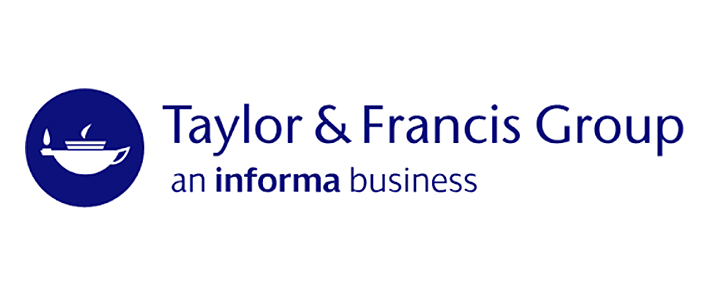Probability Theory with Applications [electronic resource] / by M. M. Rao, R. J. Swift.
Material type: TextSeries: Mathematics and Its Applications ; 582Publisher: Boston, MA : Springer US, 2006Edition: Second EditionDescription: XVIII, 530 p. online resourceContent type:
TextSeries: Mathematics and Its Applications ; 582Publisher: Boston, MA : Springer US, 2006Edition: Second EditionDescription: XVIII, 530 p. online resourceContent type: - text
- computer
- online resource
- 9780387277318
- 519.2 23
- QA273.A1-274.9
- QA274-274.9
| Item type | Current library | Call number | Status | Date due | Barcode | Item holds | |
|---|---|---|---|---|---|---|---|
| E-BOOKS | ISI Library, Kolkata | Not for loan | EB1309 |
Foundations -- Background Material and Preliminaries -- Independence and Strong Convergence -- Conditioning and Some Dependence Classes -- Analytical Theory -- Probability Distributions and Characteristic Functions -- Weak Limit Laws -- Applications -- Stopping Times, Martingales, and Convergence -- Limit Laws for Some Dependent Sequences -- A Glimpse of Stochastic Processes.
Probability Theory and Applications is a revised and expanded edition of a successful graduate and reference text. The material in the book is designed for a standard graduate course on probability theory, including some important applications. This new edition contains a detailed treatment of the core area of probability, and both structural and limit results are presented in full detail. Compared to the first edition, the material and presentation are better highlighted with several (small and large) alterations made to each chapter. Key features of the book include: • indicating the need for abstract theory even in applications and showing the inadequacy of existing results for certain apparently simple real-world problems; • attempting to deal with the existence problems for various classes of random families that figure in the main results of the subject; • providing a treatment of conditional expectations and of conditional probabilities that is more complete than in other existing textbooks. Since this is a textbook, essentially all proofs are given in complete detail (even at the risk of repetition), and some key results are given multiple proofs when each argument has something to contribute. Audience This book is intended for graduate students and researchers interested in probability theory.
There are no comments on this title.


























